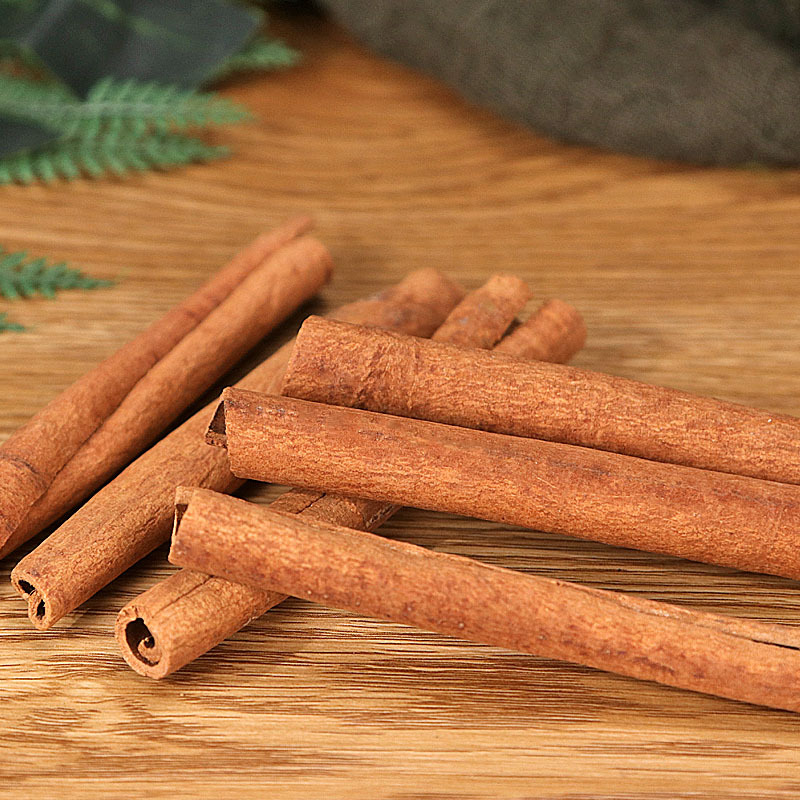Origin:
Native to China and widely grown in Southeast Asia.
Flavor and Aroma:
Stronger, spicier, and more pungent flavor.
More robust aroma compared to Ceylon cinnamon.
Appearance:
Dark reddish-brown color.
Thick, tough sticks that are harder to break.
Health Benefits:
Contains higher levels of coumarin, which can be toxic to the liver in large quantities if consumed regularly.
Also contains antioxidants and may offer similar benefits in blood sugar regulation and anti-inflammatory properties, but should be consumed in moderation.
Culinary Uses:
Commonly used in savory dishes and for spicing meats due to its strong flavor.
Frequently used in Chinese, Vietnamese, and other Asian cuisines.
Suitable for baking and sweet dishes but can be overpowering if used in large quantities.
Price:
Generally less expensive and more widely available.

Coumarin Content: Ceylon cinnamon has much lower coumarin levels than cassia cinnamon, making it a safer choice for regular consumption.
Flavor Profile: Ceylon cinnamon offers a milder, more complex flavor, ideal for delicate dishes, whereas cassia cinnamon’s robust flavor is suited for bold, spicy dishes.
Usage: Cassia cinnamon is more common in savory cooking and traditional Asian dishes, while Ceylon cinnamon is preferred in baking and desserts in Western cuisines.
Both types of cinnamon have their unique uses and benefits. Choosing between them depends on the flavor profile desired and the specific culinary application.